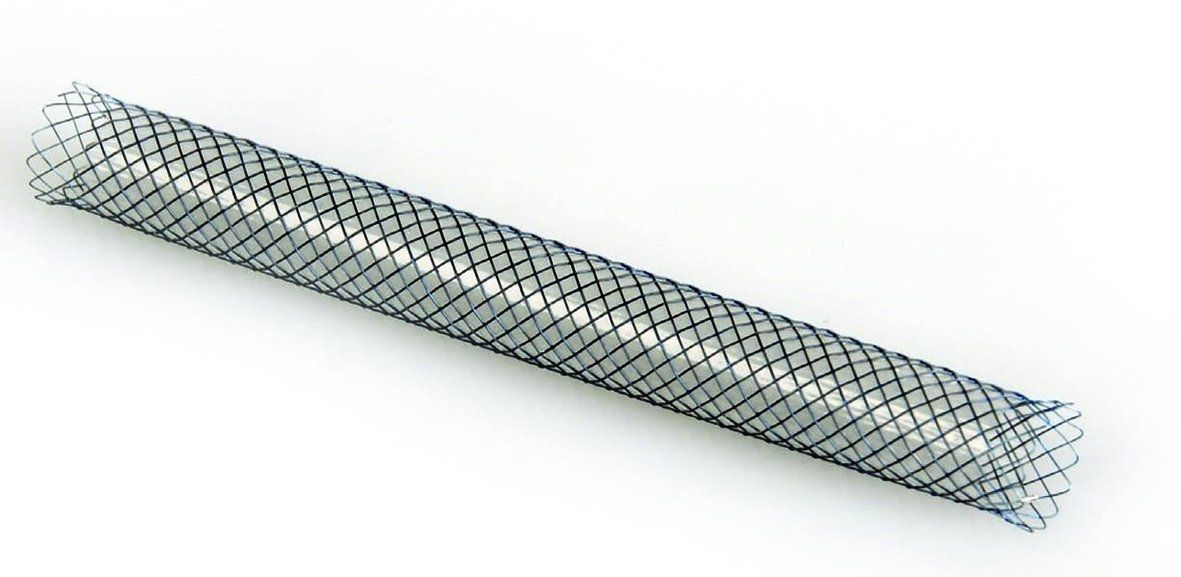Parylene Coating Nitinol
Posted by Sean Horn on Fri, Dec 9, 2016
A metal alloy of nickel (Ni) and titanium (Ti), nitinol (NiTi) exhibits the properties of shape memory and superelasticity, which make it very useful for adaptation to conformal coatings. However, like parylene, nitinol is often difficult and expensive to produce; the extreme reactivity of the alloy’s titanium component requires exceptionally tight compositional control during combination [&he




0 Comment Click here to read/write comments